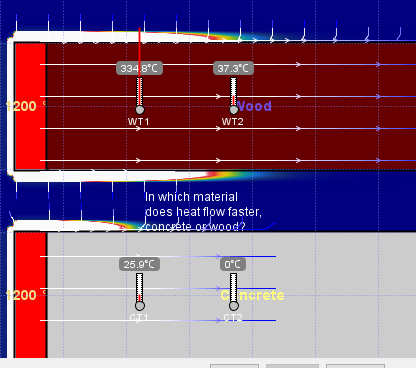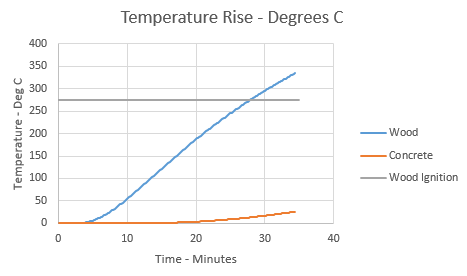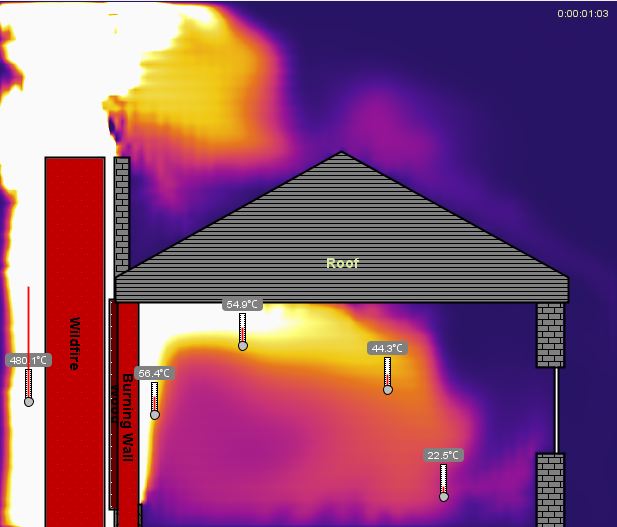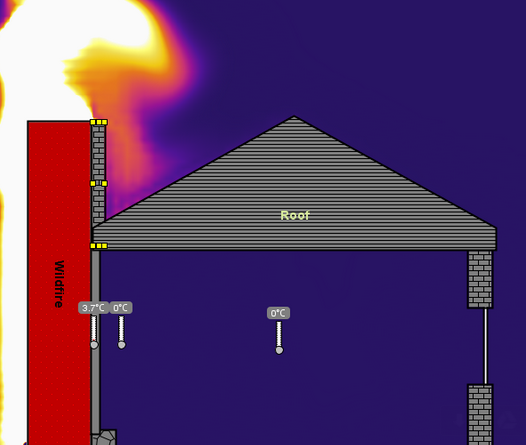We’re sitting in the laboratory and we can smell smoke. Wildfires are raging in Colorado and although we are south of Denver and the fires are, 45 to 60 miles away, we still see and smell the smoke. I drove through the Black Forest about a week ago and there are still hundreds of charred acres with ash, a few black tree trunks, and serious concerns of flooding and toxic runoff. The Black Forest fire in June, 2013 was one of the worst fire disasters in Colorado destroying over 14,000 acres, 511 homes, and claiming 2 lives (Courtesy Wikipedia, 2018).
The horrific Tubbs Fire in California’s Sonoma and Napa counties last October tore through more than 36,000 acres, killing 22 people and destroying nearly 6,000 buildings. (Scientific American, 2018)
The number of wildfires is similar over time while the cost to fight the fires and repair the damage has risen sharply with the US forest Service costs alone rising to $2.4B in 2017. This is due mainly to the buildup of homes and urban development near natural vegetation areas. Researchers define this as the wildland-urban interface, or WUI.
The Increasing problem
The WUI in the U.S. increased by 33 percent between 1990 and 2010, to about 190 million acres, according to a study published in March in the Proceedings of the National Academy of Sciences USA. The number of houses within the WUI grew by 41 percent in the same period, an addition of nearly 13 million new homes. Having more structures in the WUI increases not only the damage wildfires inflict (because they are harder to fight), but also the risk that they will break out in the first place.
Concrete’s contribution

There are steps that homeowners and developers can take to mitigate that danger, such as using more flame-resistant construction materials. Concrete and concrete products are fire resistant. Concrete does not burn and it does not emit any toxic fumes when affected by fire. Concrete is inert and in the majority of applications, can be described as virtually fireproof.
Concrete has relatively poor thermal conductivity, heat transfer that enables concrete to act as an effective fire shield not only between adjacent spaces, but also to protect itself from fire damage. Properties of wood and concrete are shown in Table 1 below as a comparison between the two materials.
As can be seen in the Table 1, wood has a lower thermal conductivity than concrete but this is countered by a greater specific heat and a higher density of concrete. These latter properties create a more favorable material for fire resistance as seen in the analysis in the following section. Concrete does not combust but damage can be incurred at high heats. A reduction in strength of approximately one half was shown at temperatures of 650 deg. C ( Bilow, D and M. Kamara, 2008).
Fire Analysis
The analysis of fire and heat flow requires very sophisticated numerical techniques. This section uses Energy2D (Concord, 2018) an interactive, visual multiphysics simulation program that models all three modes of heat transfer — conduction, convection, and radiation, and their coupling with particle dynamics (Xie, 2012). It allows the design of “computational experiments” to test a scientific hypothesis or solve an engineering problem without resorting to complex mathematics. Energy2D is a versatile computer-aided engineering (CAE) system for exploring and learning science and engineering through virtual experimentation, investigation, and design. (Concord, 2018).
The conduction part of Energy2D is highly accurate, but the convection and radiation parts are not 100% accurate. Hence, in cases that involve convection and radiation, Energy2D results should be considered as qualitative. (Concord, 2018). Thus, examples used in this section are not for design but for comparative purposes.


The conduction properties of wood and concrete are examined in Figures 2 and 3. The model is shown in Figure 2 with a wood element and a concrete element. The heat source is set to a typical wildfire temperature of 1200 deg. — C (Babbert, 2011). As can be seen in Figure 3 wood, modeled as Douglas fir, combusts in approximately 30 minutes.


Figure 4 shows an approximation of heat effects within a house due to wildfire temperatures and a burning wood wall on one side of the house. The thermometers shown in the air space are the temperature rise over the ambient (initial) conditions after approximately 1 hour. As noted in many sources the conditions are worst towards the ceiling. To escape a fire — stay low.
Figure 5 shows an approximate model similar to Figure 4 but with a concrete external wall. This case shows conditions that are much less severe than the case with wood walls.
Homeowners Steps
There are steps that homeowners and developers can take to mitigate that danger such as using more flame-resistant construction materials Concrete structures perform well in fire with the appropriate design of the structural elements to give the required fire performance and the design of the overall structure to ensure robustness.
Well planned developments with fire perimeters for fire breaks and access: roads, sidewalks, etc. will aid in stopping fires if they start.
Concrete is already found in much of commercial construction owing to its strength, versatility, and fire resistance. Residential construction has some, albeit limited use of concrete in construction. It is common to see concrete in foundation walls and basement slabs. Additional use in the homes structure can cost about 3% more than standard wood frame constructions but savings such as a 15–25% savings in insurance (PCA,) can rapidly repay the costs. Concrete wall systems can reduce energy costs by 52% (PCA). Siding for homes is available from concrete product production, as well as concrete roof tiles.
Summary
Concrete has relatively poor thermal conductivity, the ability to transmit heat. This enables concrete to act as an effective fire shield not only between adjacent spaces, but also to protect itself from fire damage. Concrete structures perform well in fire with the appropriate design of the structural elements to give the required fire performance and the design of the overall structure to ensure robustness.
Every for fire resistant addition from concrete will lower fire danger, fire costs, and costs of fire damages remediation. Well planned developments with fire perimeters for fire breaks and access: roads, sidewalks, etc. will aid in stopping fires if they start.
Concrete is your friend and protector — fire is not.
References
- Bilow, D and M..Kamara, 2008, Fire and Concrete Structures, Structures 2008 — American Society of Civil Engineers.
- Engineers Handbook, Obtained from the Internet October 10, 2018: www.engineershandbook.com
- Gabbert, B. 2011, At what temperature does a wildfire burn?, Obtained from the Internet November 6, 2018: https://wildfiretoday.com/2011/02/26/at-what-temperature-does-a-forest-fire-burn/
- Jason G. Goldman , 2018, “Living on the Edge: Wildfires Pose a Growing Risk to Homes Built Near Wilderness Areas”, Scientific American — online, (www.scientificamerican.com) Obtained July 17, 2018.
- The Concrete Centre, “Fire resistance”, Obtained from the Internet: https://www.concretecentre.com/ , July 19, 2018.
- PCA — Portland cement association, “Flash — Federal Alliance for Safe Homes”, http://flash.org/concrete/, Obtained from the Internet July 19, 2018
- Image from huffingtonpost.com (Black Forest fire) Obtained from the Internet 07/19/2018
